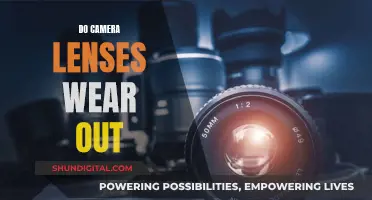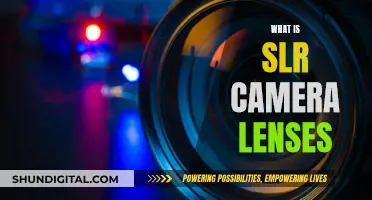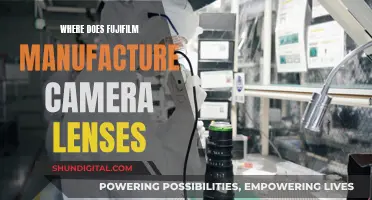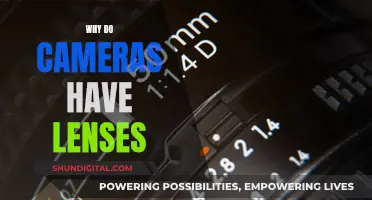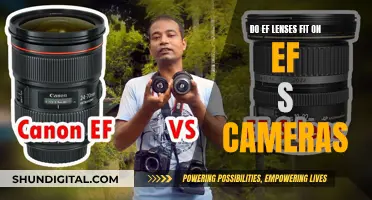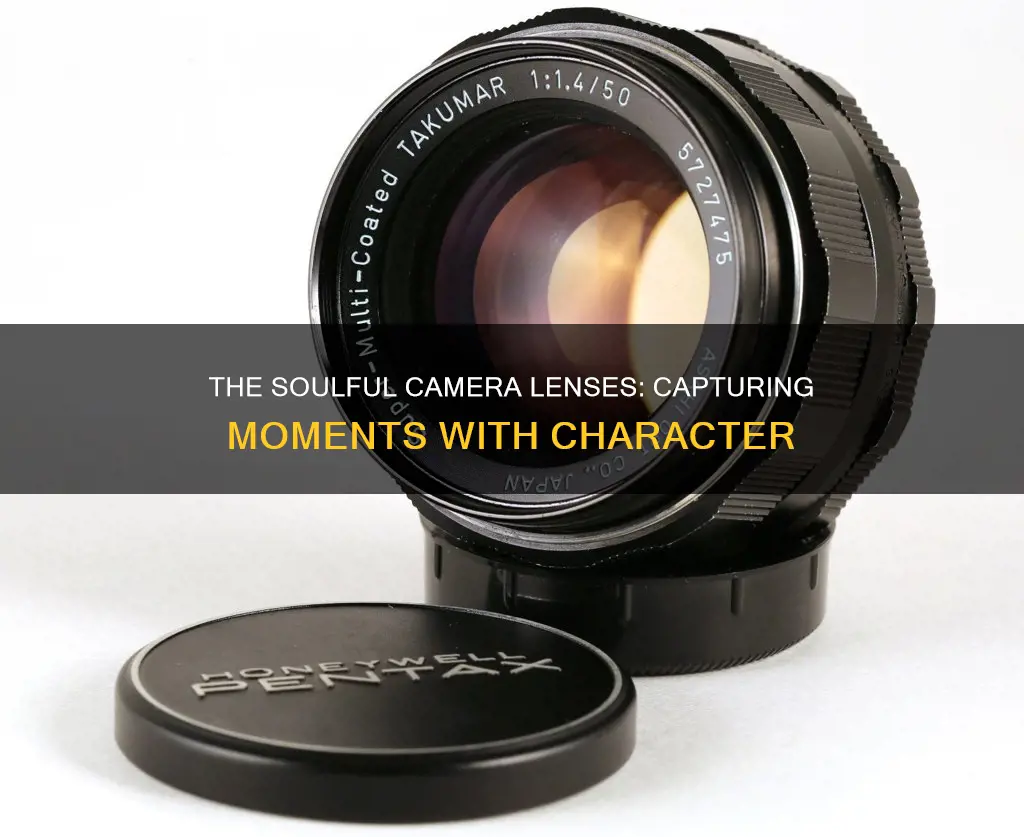
Choosing the right camera lens can be daunting, especially for beginners. There are many lenses to choose from, and the right lens depends on the type of photography you want to do.
The good news is that there are only a few types of lenses that cover most photography needs. These include the general-purpose zoom lens, the telephoto zoom lens, the wide-angle lens, and the macro lens.
The general-purpose zoom lens is a versatile lens that can be used for a variety of shots, from landscapes to portraits. The telephoto zoom lens is great for sports, wildlife, and portrait photography as it allows you to zoom in on distant subjects. The wide-angle lens is perfect for landscape and architecture photography as it offers a wider field of view. And finally, the macro lens is ideal for capturing small details and objects up close.
In addition to these, there are also prime lenses, which have a fixed focal length and are great for specific types of photography, such as the nifty fifty 50mm lens for portraits.
So, while there is no one-size-fits-all answer to the question of which camera lenses have the most soul, by understanding your photography needs and the characteristics of different lenses, you can make an informed decision and choose the lenses that will bring your creative vision to life.
What You'll Learn

Zoom lenses vs. prime lenses
The "soul" of a camera lens is a subjective quality, but many photographers agree that prime lenses offer something special. Prime lenses have a fixed focal length, meaning that the photographer must physically move to get their desired shot. This can lead to more creative compositions and unique perspectives. Prime lenses also tend to be sharper, have wider apertures, and perform better in low-light conditions than zoom lenses. They are often more affordable, lighter, and produce better bokeh—the aesthetic quality of the blur produced in out-of-focus parts of an image.
Zoom lenses, on the other hand, offer more versatility and convenience. With a variable focal length, zoom lenses allow photographers to quickly adapt to different situations without having to change lenses. This makes them ideal for travel, wildlife, and event photography. However, zoom lenses tend to be heavier and more expensive than prime lenses. They may also not perform as well in low-light conditions due to their smaller maximum apertures.
So, which type of lens has more "soul"? It depends on your needs and preferences as a photographer. Prime lenses offer exceptional image quality, creativity, and affordability, while zoom lenses provide the versatility and convenience needed for many types of photography. It is worth noting that most photographers end up having both types of lenses in their gear collection, using each for different purposes.
The Magic of Camera Lenses: Capturing Light and Stories
You may want to see also

Wide-angle lenses
They are particularly useful when the photographer cannot move further from the scene to capture it, or when they want to emphasise the difference in size or distance between objects in the foreground and background. Nearby objects will appear very large, while objects at a moderate distance will appear small and far away. This can make for striking images.
There are three main types of wide-angle lenses:
- Fish-eye wide-angle lens: These lenses have an angle of view of usually 180 degrees and are at the bottom of the scale in terms of focal length. They have a distinctive, hemispherical type of lens distortion, so they don't produce straight lines.
- Rectilinear wide-angle lens: Any wide-angle lens that is not a fish-eye lens is rectilinear. They keep lines close to straight, although some may show moderate barrel distortion.
- Tilt-shift wide-angle lens: These lenses are not restricted to being wide-angle, but most are. They are extremely versatile and can make converging lines parallel or parallel lines converge. You can also control the plane of focus independently. They are very expensive and are popular with professional architectural and fine-art photographers.
Some popular wide-angle lenses include:
- Canon EF 28mm f/1.8 USM
- Canon 24mm f/1.4L II lens
- Canon TS-E 24mm f/4L UD
- Nikon NIKKOR Z 26mm f/2.8
- Nikon NIKKOR Z 14-24mm f/2.8 S
- Sony FE 12-24mm f/2.8 GM Lens for Sony E
- Sony FE 28mm f/2 E-Mount Lens
- Sony FE 14mm f/1.8 GM Lens
Autofocus: Lens vs Camera, Who's the Real Hero?
You may want to see also

Telephoto lenses
When choosing a telephoto lens, it is important to consider the maximum aperture, as this affects the light-gathering power of the lens. A wider maximum aperture, such as f/2.8, allows for faster shutter speeds and a shallower depth of field, making it ideal for low-light conditions and creating a blurred background.
Some popular telephoto lenses include the Canon RF 70-200mm f/2.8L IS, Nikon Z 70-200mm f/2.8, and Sony 70-200mm f/2.8 GM OSS. These lenses offer a versatile focal length range and a wide maximum aperture, making them suitable for various photography genres.
While telephoto lenses provide unique capabilities, they also have some drawbacks. They can be bulky and heavy, especially the larger aperture lenses. Additionally, telephoto lenses may suffer from atmospheric haze and a "mirage" effect when photographing distant subjects, causing images to appear blurry.
In conclusion, telephoto lenses have a special place in a photographer's toolkit. They enable capturing distant subjects with compressed perspectives, making them ideal for sports, wildlife, and certain landscape shots. However, their size and potential optical challenges are important considerations when deciding whether to include them in your kit.
Veronica Mars' Camera Lens: Uncovering the Mystery
You may want to see also

Macro lenses
The best macro lenses offer a reproduction ratio of 1:1 or 1:2, meaning the subject on the camera sensor is the same size or half the size of its real-life dimensions. Some lenses with a 1:3 ratio or greater magnification are also sometimes referred to as macro lenses.
When choosing a macro lens, one important consideration is the focal length. Most macro lenses are prime lenses with a fixed focal length, and the most common options range from 50mm to 180mm. A shorter focal length, such as 50mm, is great for everyday walk-around images, while portrait shooters might prefer a longer focal length, such as 85mm or 105mm.
Another factor to consider is the minimum focus distance, which refers to how close you can get to your subject. A longer focal length lens will typically have a greater working distance, which can be advantageous when photographing animals or insects as it allows you to maintain a comfortable distance without disturbing your subject.
In addition to their macro capabilities, these lenses can also be used for portrait, landscape, and astrophotography. Their sharpness and flat field make them ideal for landscape photography, and the close-focus capabilities allow for intimate portraits.
While macro lenses may have some drawbacks, such as a lengthy focus throw and limited light-gathering capabilities, they offer incredible versatility and can be a valuable addition to any photographer's kit.
The P30's Camera: Unlocking the Power of Multiple Lenses
You may want to see also

Portrait lenses
When choosing a portrait lens, consider the maximum aperture. A wider aperture, such as f/1.2 or f/1.4, will produce a shallower depth of field and allow more light to enter the lens, making it ideal for low-light conditions. However, these lenses tend to be more expensive. Alternatively, an aperture of f/2.8 will still produce a shallow depth of field and is more affordable.
Some popular options for portrait lenses include:
- Canon EF 85mm f/1.2L II
- Nikon AF-S 85mm f/1.4G
- Sony FE 85mm f/1.4 GM
- Sigma 85mm f/1.4 DG DN Art
These lenses will help you capture soulful portraits, but remember that the connection between the photographer and the subject is also crucial. Take the time to build a rapport with your subject, ask meaningful questions, and find common ground to create authentic and soulful portraits.
Analog Camera Lenses: Interchangeable or Not?
You may want to see also
Frequently asked questions
A 35mm prime lens is a popular choice for street photography as it is small and lightweight. It also offers a wide maximum aperture, allowing for more light to be captured and a shallower depth of field.
The 50mm prime lens, often referred to as the "Nifty Fifty," is a great choice for portraits as its focal length is considered close to the human eye. This results in images that look natural and pleasant.
Wide-angle lenses with a focal length between 16mm and 35mm are ideal for landscape photography as they offer a wider field of view, allowing you to capture more of the scenery.
The 35mm lens is a great all-around focal length for both indoor and outdoor photography. It provides the flexibility to capture a wide range of scenes, from family portraits to outdoor adventures.
While the concept of "soul" in a camera lens is subjective, these lenses are versatile and can help capture memorable moments with artistic flair.


